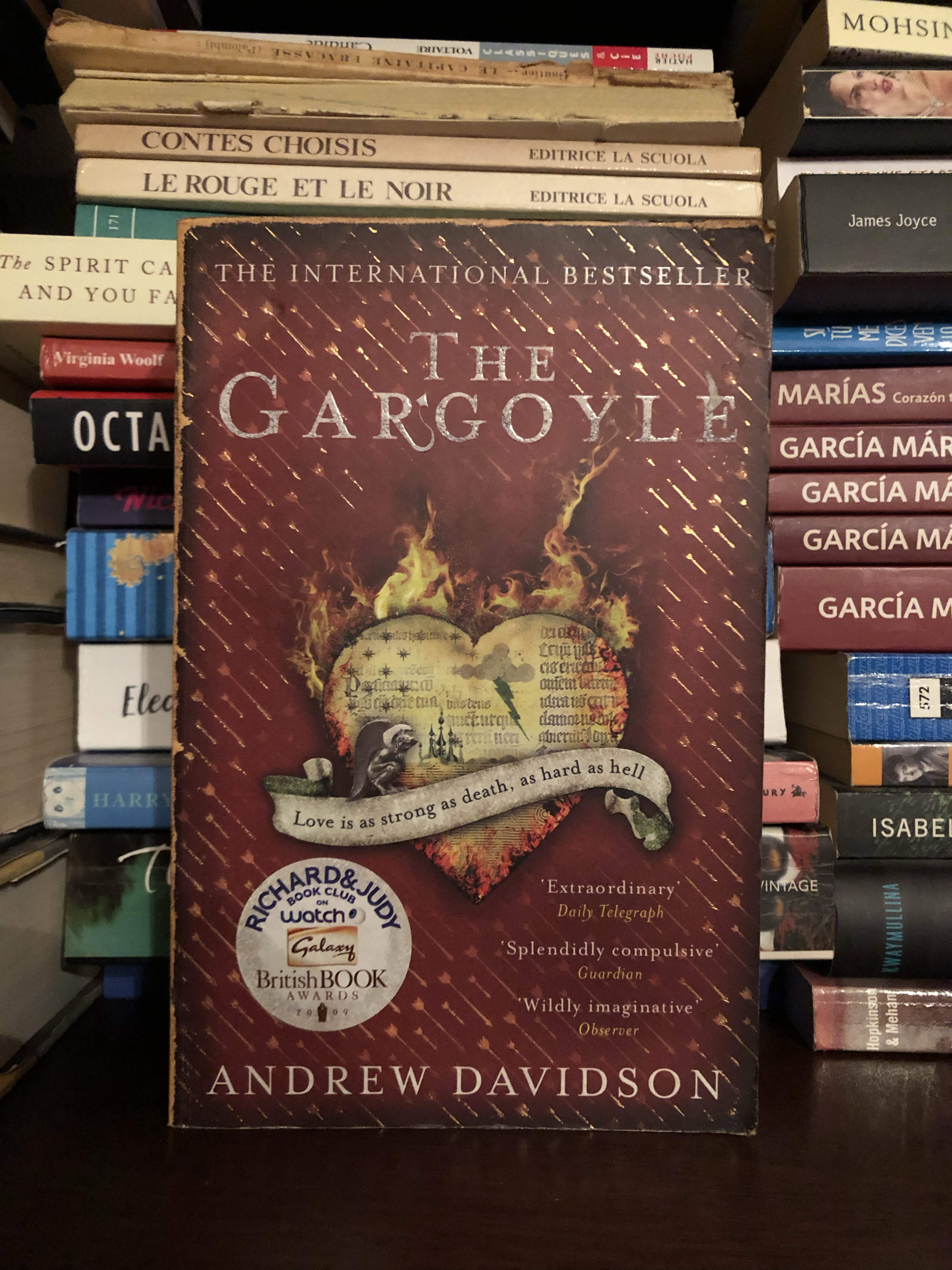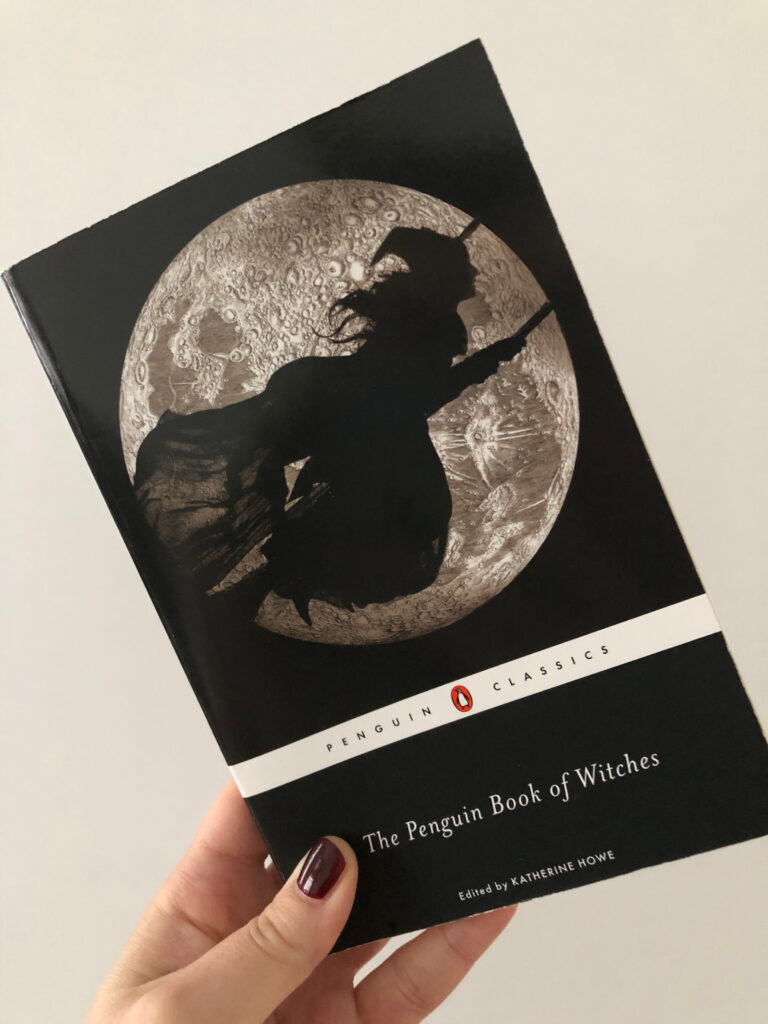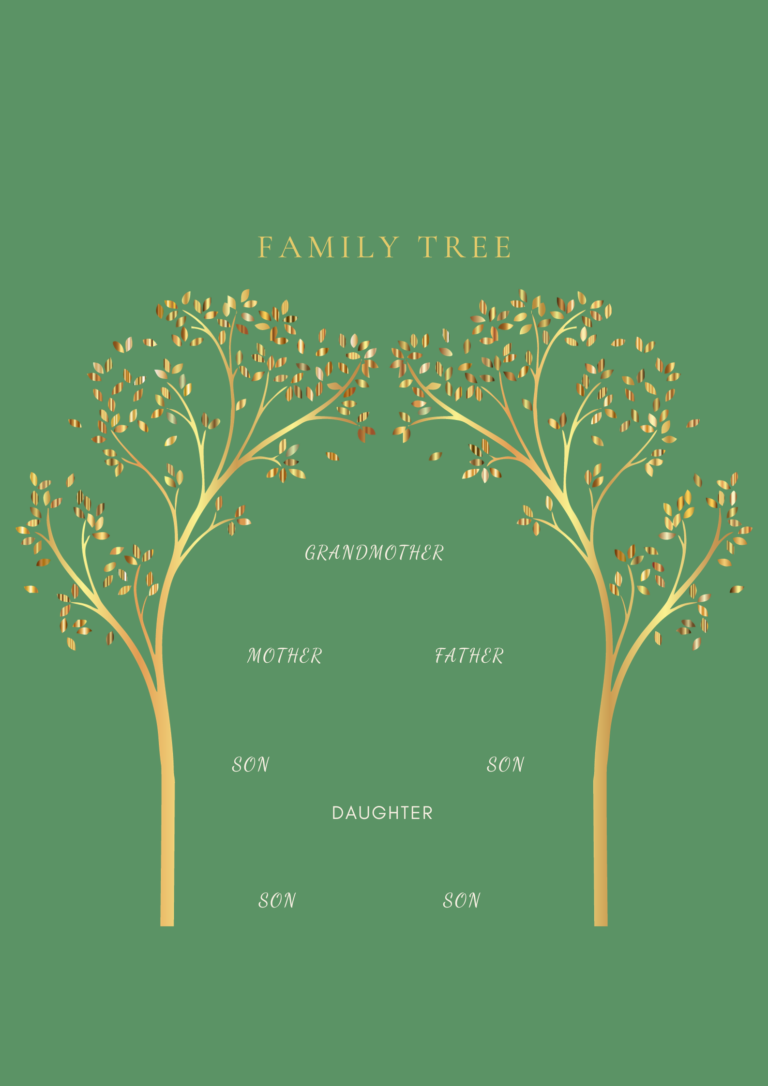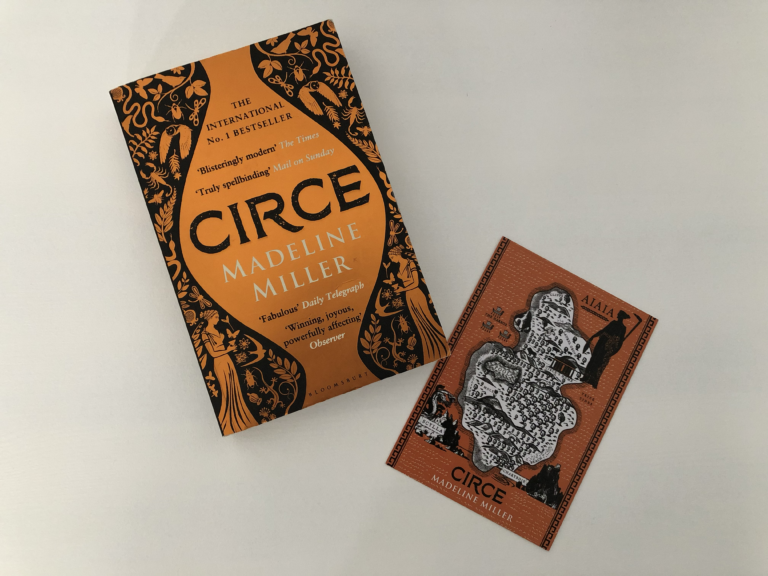“Accidents ambush the unsuspecting, often violently, just like love.”
― Andrew Davidson, The Gargoyle
“The Gargoyle,” by Andrew Davidson, is a literary masterpiece that brilliantly and deeply navigates the challenging terrain of love, pain, and redemption. This book breaks the rules of traditional storytelling by luring readers into a world undergoing radical change and revealing the resilience that is innate in every person.
The narrative begins with an unnamed protagonist, a self-destructive and troubled porn star whose life takes a cataclysmic turn when he is involved in a horrific car accident. The subsequent events unfold within the confines of a burn unit, where the character’s painful journey to recovery begins. Davidson paints a vivid and raw portrait of his protagonist’s excruciating physical and emotional rehabilitation.
What sets “The Gargoyle” apart is its intertwining of the protagonist’s harrowing journey with hallucinations featuring a mysterious woman named Marianne Engel. These hallucinations introduce you to a surreal and captivating narrative device, whereby the protagonist and Marianne Engel embark on a journey through time, exploring past lives and experiences. Davidson’s storytelling prowess lies in his ability to seamlessly weave the contemporary narrative with these historical interludes, blurring the lines between reality and illusion.
Marianne Engel emerges as a central character whose enigmatic nature captivates and mystifies both the protagonist and the reader. A scarred and eccentric artist, Marianne claims to have lived for centuries, crafting grotesque gargoyles as an act of self-punishment. Her narratives of enduring love and shared history with the protagonist become a lifeline in his darkest hours.
The eloquence of Davidson’s writing is immediately apparent. His prose possesses a lyrical quality that is both evocative and poignant, capturing the reader’s imagination with its depth and sophistication. As you traverse the novel’s multiple temporal layers, they are transported to various historical settings, each meticulously researched and richly described.
Beyond the narrative’s temporal complexity lies a profound exploration of addiction, suffering, and the indomitable human spirit. The protagonist’s transformation from a nihilistic and self-destructive individual into someone who finds meaning and purpose amid adversity is a testament to Davidson’s storytelling ability. This character arc is both gut-wrenching and inspiring, providing a deeply resonant emotional core to the novel.
The central love story in “The Gargoyle” defies conventional romantic tropes. It is gritty, intense, and often fraught with a sense of impending doom. However, it is also profoundly passionate and transcendent, illustrating the profound depths to which love can reach even in the face of unimaginable pain and adversity. The love story in the novel serves as a powerful testament to the human capacity for connection and transformation.
Davidson’s narrative seamlessly oscillates between various historical epochs, from medieval Europe to Renaissance Italy, and from the grotesque to the sublime. Each of Marianne’s tales offers readers a unique window into history and mythology, enriching the narrative with layers of complexity and depth.
“The Gargoyle” also delves into themes of faith and spirituality. Marianne Engel’s unwavering belief in their shared past lives and her unique form of penance add a layer of mysticism to the story. This exploration of the intersection of religion, mythology, and the supernatural adds a thought-provoking dimension to the narrative, inviting readers to contemplate the profound questions of existence and belief.
The novel also examines the interplay between the grotesque and the beautiful, primarily through Marianne’s intricate gargoyle carvings. These sculptures, though horrifying in their grotesquery, hold a peculiar allure and become a symbol of transformation for the characters. Davidson masterfully employs this motif to convey the characters’ inner struggles and the transcendence of suffering.
Supporting characters, such as the hospital staff and fellow burn victims, contribute to the novel’s richness. Each character represents a distinct facet of the human experience and plays a vital role in shaping the protagonist’s journey.
In conclusion, Andrew Davidson’s “The Gargoyle” is a literary work that goes deeply into the spheres of change, love, and sorrow. Davidson’s mastery of narrative, along with his thorough research and storytelling skill, results in a book that pushes the limits of reality and illusion.
For anyone looking for a story that is both heartbreaking and transcendent, this is a must read: you’ll find this book to be a profound investigation of human perseverance and connection.
Would you like to give this book a chance? Here’s our Amazon Associates link to purchase this book.







